If you’re into cryptocurrency, the name Satoshi Nakamoto is legendary. This mysterious person (or perhaps group) created Bitcoin, the world’s first decentralized digital currency and one of the most disruptive technologies of our time.
But here’s the twist: no one knows who Satoshi really is. Unlike most inventors who rush to claim credit, Satoshi stepped back into the shadows, leaving behind a technology that has reshaped money itself.
Today, more than a decade later, platforms like Zypto carry that vision forward, making crypto usable, spendable, and secure for everyday people across the globe.
Who Was Satoshi Nakamoto?
‘Satoshi Nakamoto’ is a pseudonym, not a real name. Despite years of speculation, no one has confirmed who they were.
Ironically, this anonymity may have helped Bitcoin succeed. With no central figurehead, the focus stayed on Bitcoin’s decentralized principles, free from banks or single points of failure.
That same ethos powers modern tools like the Zypto App, which puts users in control of their keys, funds, and financial freedom.

The Whitepaper That Started It All
In October 2008, Satoshi published the Bitcoin whitepaper: “Bitcoin: A Peer-to-Peer Electronic Cash System.” It outlined revolutionary ideas:
- Blockchain – a public ledger recording all transactions chronologically
- Proof-of-Work – miners solve puzzles to add new blocks
- Digital Signatures – private keys secure transactions
- Decentralization – no central authority, just distributed nodes
- Timestamp Server – ensures order and prevents double spending
What required technical expertise back then is now packaged into user-first apps. Zypto makes blockchain accessible without needing to be a cryptographer, from managing multi-chain wallets to spending crypto with global Visa and Mastercard payment cards, paying bills, topping up mobiles, and securing assets offline with the Vault Key Card (VKC).
Bitcoin’s First Steps
On January 3, 2009, Satoshi mined the very first block, known as the Genesis Block, embedding a message that reflected the times:
“The Times 03/Jan/2009 Chancellor on brink of second bailout for banks”
It was a declaration of independence from traditional finance.
Soon after, Satoshi sent the first Bitcoin transaction, 10 BTC, to cryptographer Hal Finney. Other pioneers like Wei Dai and Nick Szabo saw the potential.
By 2010, Bitcoin was already making headlines. Developer Laszlo Hanyecz bought two pizzas for 10,000 BTC, the first real-world crypto transaction. Today, Zypto makes spending crypto much easier. You don’t need 10,000 BTC for pizza when you can instantly off-ramp into gift cards, bill pay, mobile top-ups, or even cash via MoneyGram.
Satoshi Disappears
In April 2011, Satoshi emailed developer Mike Hearn:
“I’ve moved on to other things. It’s in good hands with Gavin and everyone.”
And just like that, they vanished.
Why? Theories abound. Some think Satoshi feared government pressure. Others believe they simply wanted privacy. Or maybe they felt their job was done and Bitcoin could grow without them.
Ironically, their disappearance only strengthened Bitcoin’s decentralized ethos. No leader, no CEO, just a global community. Zypto follows that same principle: no central custody, no banks, just users holding their own keys and assets.
The Untouched Fortune
Satoshi is believed to own around 700,000 BTC, mined in Bitcoin’s earliest days. At today’s prices, that’s tens of billions of dollars, yet untouched.
It’s the greatest unspent fortune in history, and a reminder that for Satoshi, this wasn’t about wealth. It was about building a system that put power back in the hands of people.
That philosophy lives on in tools like Zypto Wallet, which lets users manage thousands of assets, interact with DeFi, and spend crypto in the real world, all while keeping control of their private keys.

Who Was Satoshi? The Theories
- Nick Szabo – creator of BitGold, a direct precursor to Bitcoin
- Hal Finney – the first person to receive Bitcoin, an early cryptography pioneer
- Craig Wright – claimed to be Satoshi, but never provided proof
- Dorian Nakamoto – mistakenly identified in 2014, but denied any link
Despite countless theories, Satoshi’s identity remains unsolved. And maybe that’s the point: Bitcoin belongs to everyone, not its creator.
Satoshi’s Legacy
From a whitepaper on a cryptography mailing list to a trillion-dollar asset class, Bitcoin has changed the world. It introduced blockchain to industries from finance to healthcare and supply chains.
And it continues to inspire innovation. Zypto builds on that foundation, offering not just a wallet but a full crypto super-app :
- Multi-chain wallets for thousands of assets
- Global crypto payment cards accepted anywhere Visa and Mastercard are accepted
- Bill payments, mobile top-ups, and gift cards
- USDC off-ramp for cash at participating MoneyGram locations worldwide
- Vault Key Card for advanced 3FA cold storage security
Satoshi proved that money could be decentralized. Zypto proves it can also be usable, global, and secure.
The Mystery Lives On
Will we ever know who Satoshi Nakamoto was? Maybe not. But perhaps it doesn’t matter. Their greatest gift wasn’t their identity, it was Bitcoin, and the decentralized future it unlocked.
Today, apps like Zypto are turning that vision into reality, making crypto not just a concept but a part of everyday life.
Download Zypto App today and be part of the financial future Satoshi envisioned.

FAQs
Who is Satoshi Nakamoto?
Satoshi Nakamoto is the pseudonymous creator of Bitcoin. No one knows if Satoshi is an individual or a group, but their invention launched the world’s first decentralized cryptocurrency and blockchain system.
Why did Satoshi Nakamoto stay anonymous?
The true reasons remain unknown. Some believe it was to avoid government scrutiny, others think it was to keep Bitcoin truly decentralized by not having a central figurehead.
What did Satoshi Nakamoto create besides Bitcoin?
Satoshi published the original Bitcoin whitepaper in 2008 and released the first Bitcoin software in 2009. They also introduced the concepts of blockchain, proof-of-work mining, and decentralized digital money.
How much Bitcoin does Satoshi Nakamoto own?
It’s estimated Satoshi mined around 700,000 BTC in the early days. These coins remain untouched, making the wallet one of the largest Bitcoin holdings in existence.
Is Satoshi Nakamoto still active in crypto?
The last known communication from Satoshi was in April 2011, when they told developers they had “moved on to other things.” Since then, no verified messages have surfaced.
What is Satoshi Nakamoto’s legacy?
Satoshi sparked a global financial revolution. Bitcoin inspired thousands of cryptocurrencies, decentralized finance, NFTs, and Web3 applications. Platforms like Zypto build on this legacy, giving users tools to store, spend, and manage crypto securely.








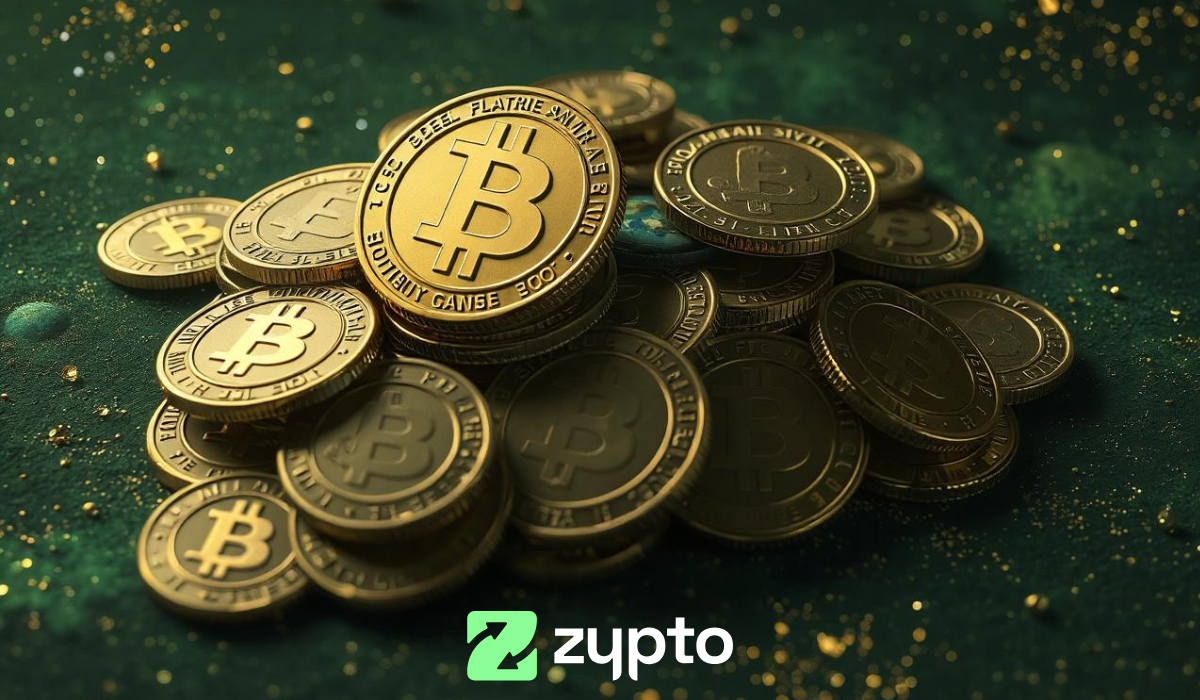


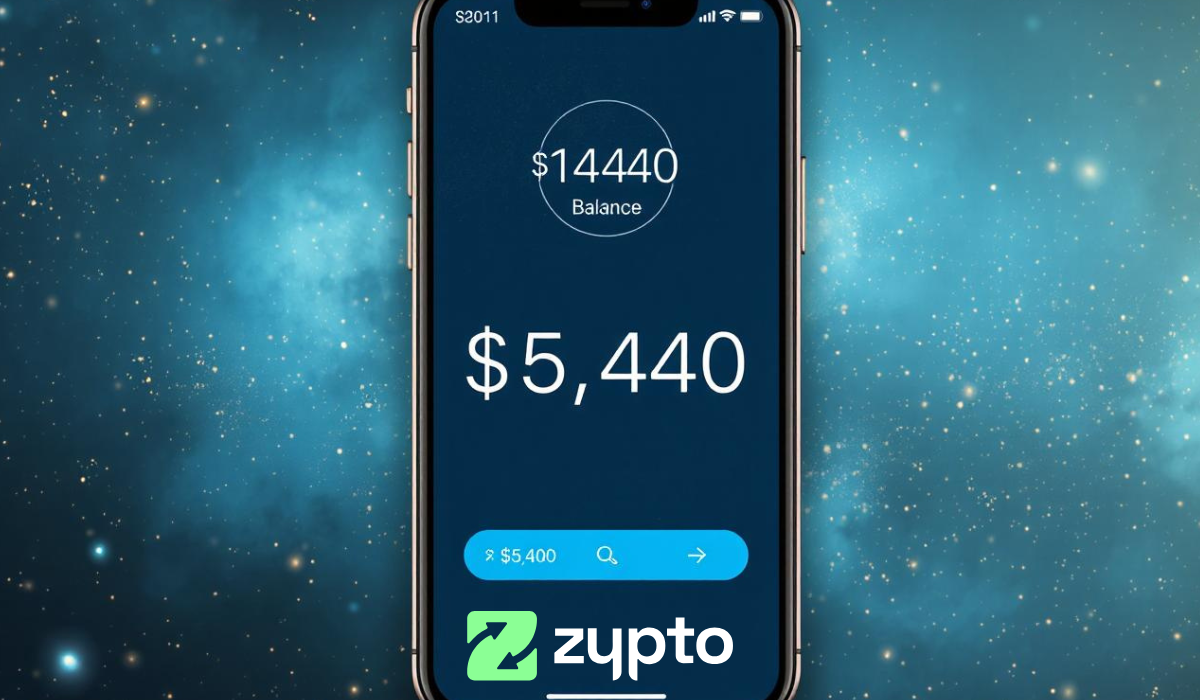

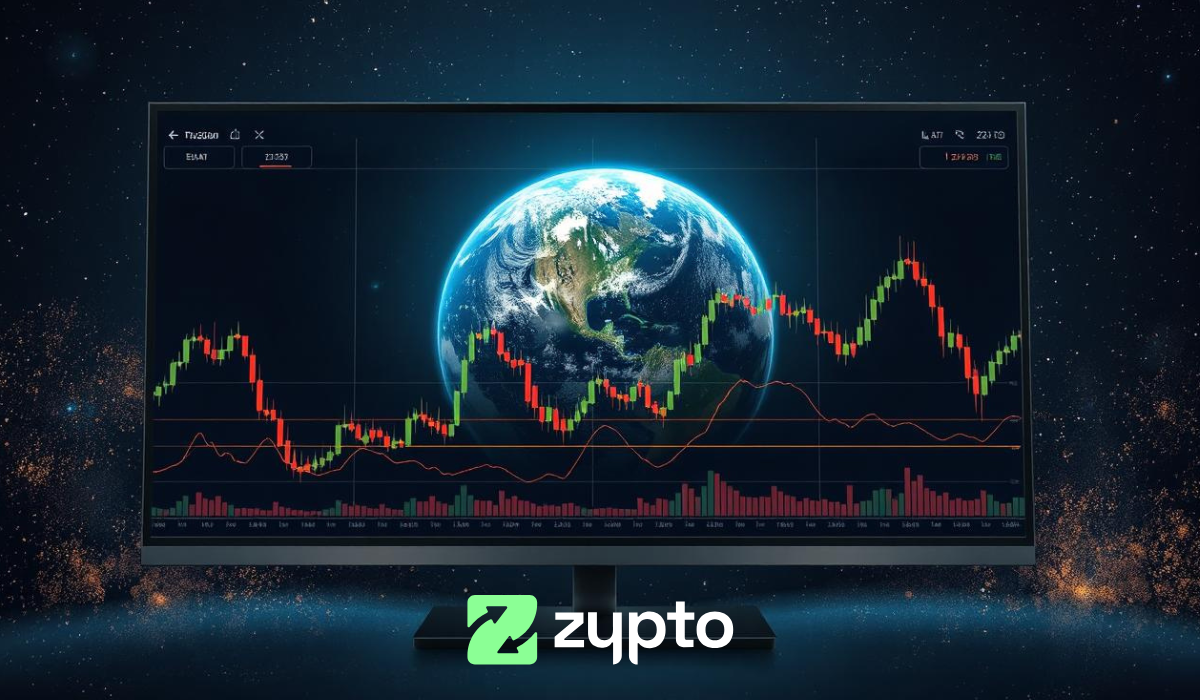
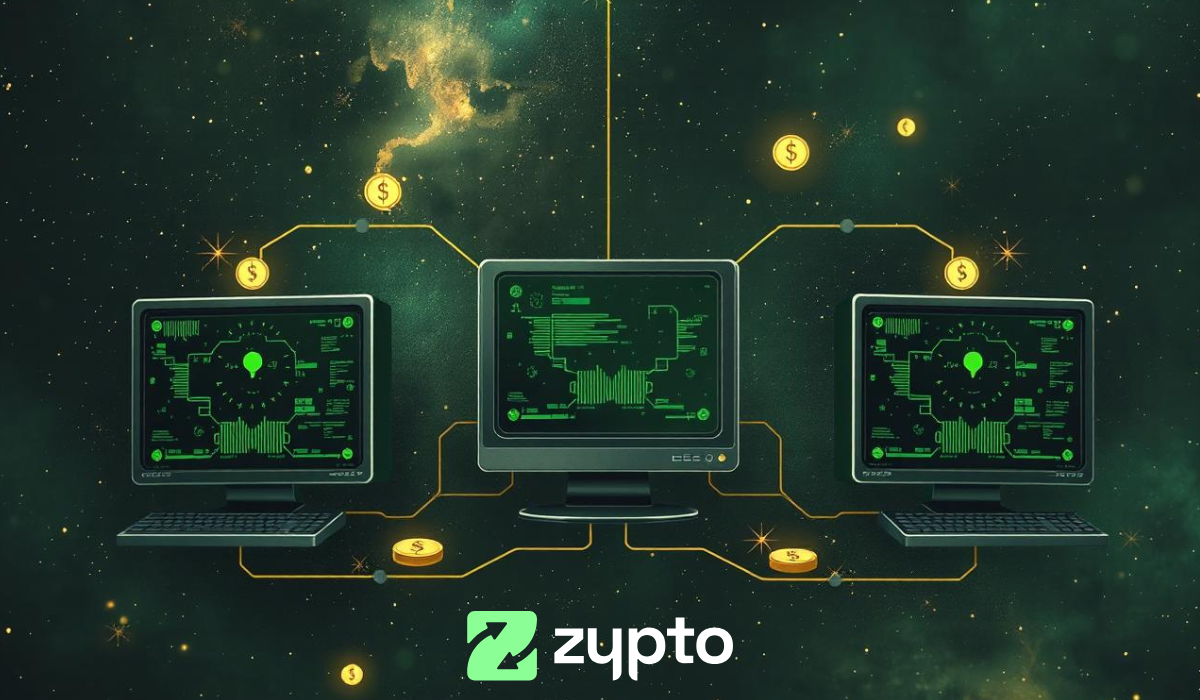



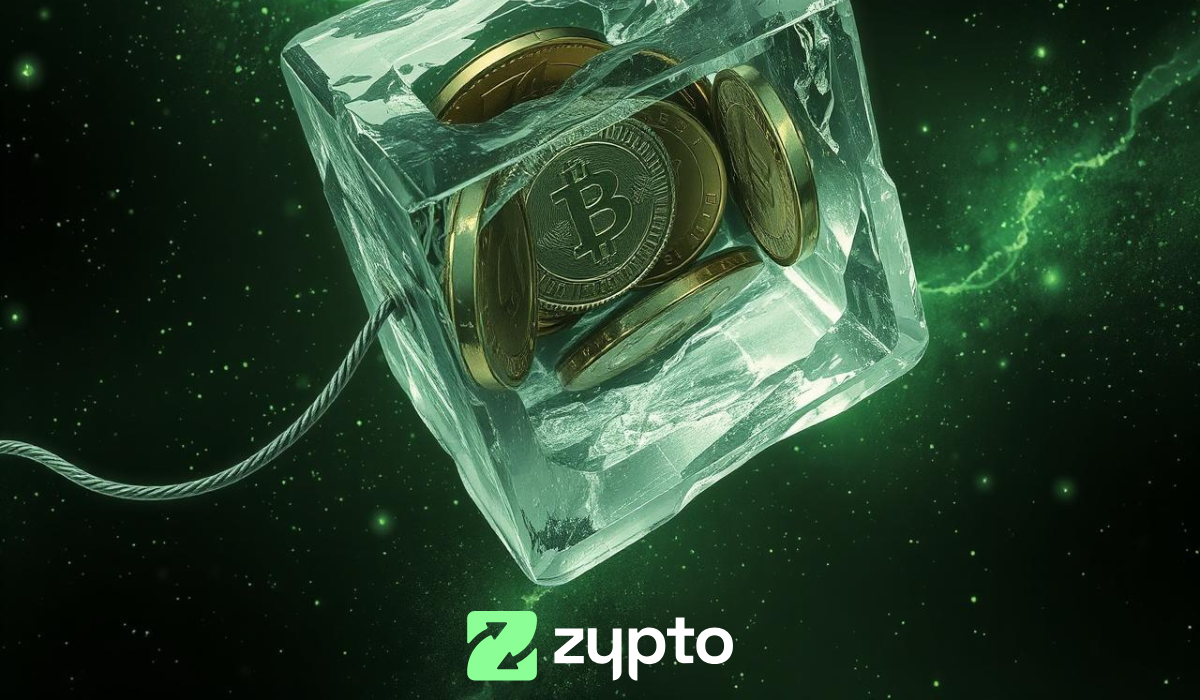
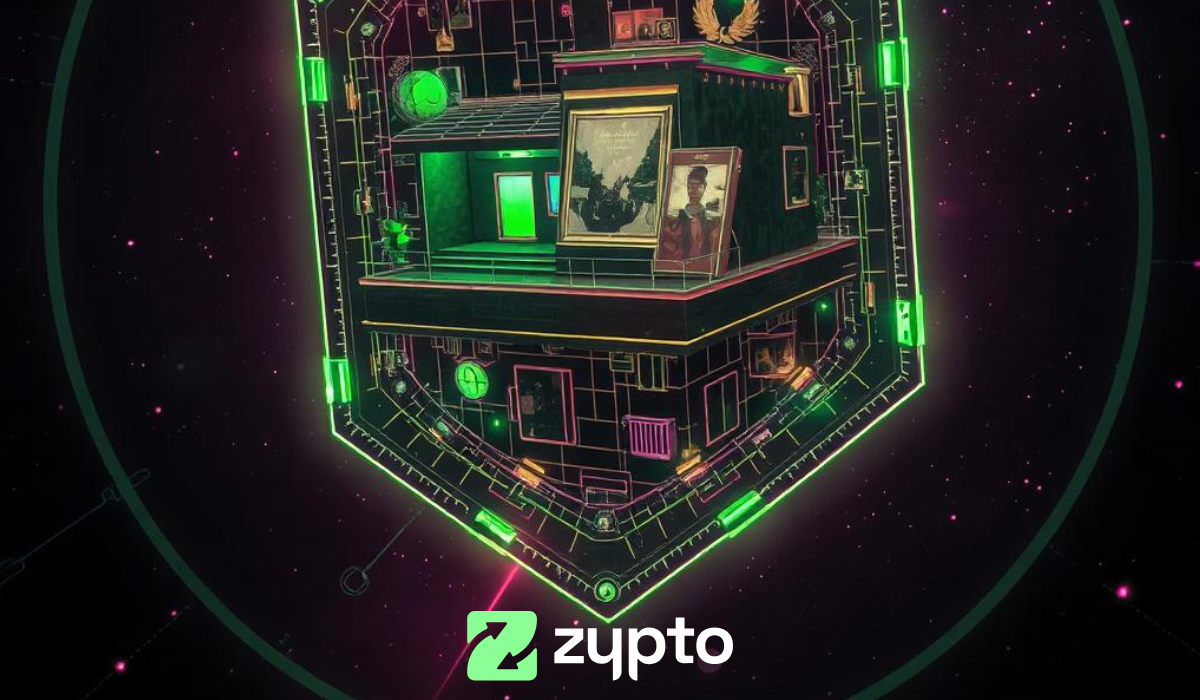
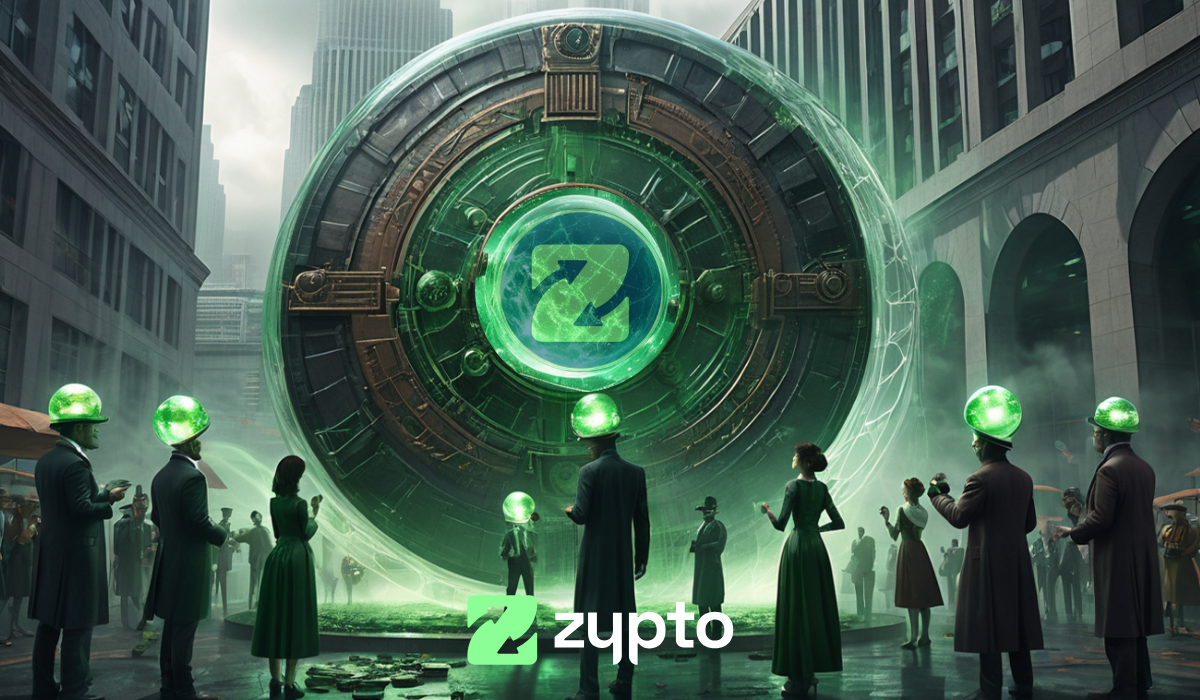

0 Comments